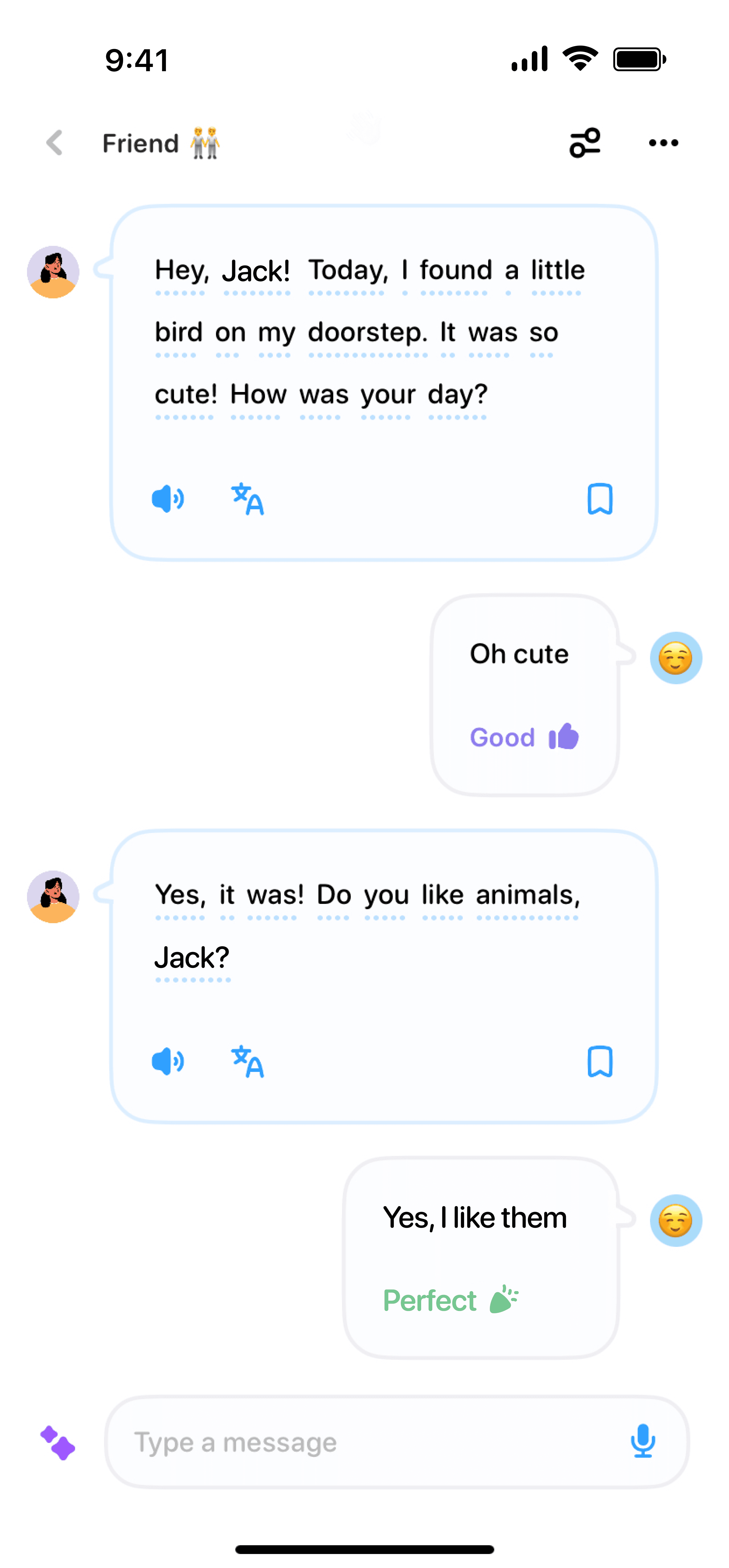06/03/2024
·
Emma Robbie
Learning a new language can be tricky, and Spanish is no exception. One of the more challenging parts is getting a grip on Spanish verbs. However, with the right techniques and some practice, you can master them in no time! Here’s our easy guide on how to learn Spanish verbs effectively.
Start with the Basics: Regular Verbs
Before diving into irregular verbs, begin with regular verbs. In Spanish, regular verbs follow standard rules for conjugation and are placed in three categories based on their endings: -ar, -er, and -ir.
-ar verbs: Examples include hablar (to talk), caminar (to walk), and explicar (to explain).
-er verbs: Examples include comer (to eat), correr (to run), and aprender (to learn).
-ir verbs: Examples include vivir (to live), escribir (to write), and abrir (to open).
Focus on memorizing the conjugation patterns for these endings in different tenses like the present, past, and future. This foundational knowledge will make learning more complicated verbs easier.
Practice Daily with Flashcards
Flashcards are a fantastic way to memorize verb conjugations. Write the verb on one side and its conjugations on the other. Quiz yourself regularly, and don’t forget to shuffle them to challenge your memory! Digital apps like Anki or Quizlet can also be very handy for this.
Use Mnemonic Devices
Mnemomics are memory aids that can help you learn new words and conjugations more quickly. For example, to remember the verb “comer” (to eat), you might visualize yourself eating something you really enjoy. Create similar associations for other verbs to make them stick in your memory.
Learn with Songs and Videos
Music and videos are not just entertaining; they're also effective learning tools. Look for Spanish songs that include a lot of verb usage. YouTube channels dedicated to teaching Spanish can also be incredibly helpful. Repetition through music or video can imprint the verbs more deeply into your memory.
Engage in Conversation
The best way to solidify your verb knowledge is by using them in conversation. Practice speaking with native Spanish speakers or language exchange partners. If you don’t have anyone to practice with, apps like HelloTalk or Tandem can connect you with Spanish speakers around the world.
Keep a Verb Diary
Writing can be just as important as speaking. Keeping a diary in Spanish where you write about your day can help. Make a conscious effort to use a variety of verbs and conjugate them correctly. Over time, this will become second nature.
Master Irregular Verbs Gradually
Once you're comfortable with regular verbs, it's time to tackle the irregular ones. These verbs don’t follow standard rules and need special attention. Start with the most common irregular verbs like ser (to be), estar (to be), tener (to have), and ir (to go). Gradually add more to your study list.
Use Online Resources and Apps
There are numerous online resources and mobile apps designed to help you learn Spanish verbs. Duolingo, Babbel, and Rosetta Stone are some popular choices. Additionally, websites like Conjuguemos and SpanishDict offer comprehensive verb conjugation tools that can assist you in your learning journey.
Set Realistic Goals
Set measurable and achievable goals for learning Spanish verbs. For instance, aim to master five new verbs per week. Consistent, incremental progress is the key to success. Don’t rush; take your time to understand and practice each verb thoroughly.
Learning Spanish verbs might seem daunting at first, but with these strategies, you’re well on your way to mastering them! Remember, practice makes perfect. ¡Buena suerte! (Good luck!) 🌟



